SOURCE: RAUNAK KUNDE / NEWS BEAT / IDRW.ORG
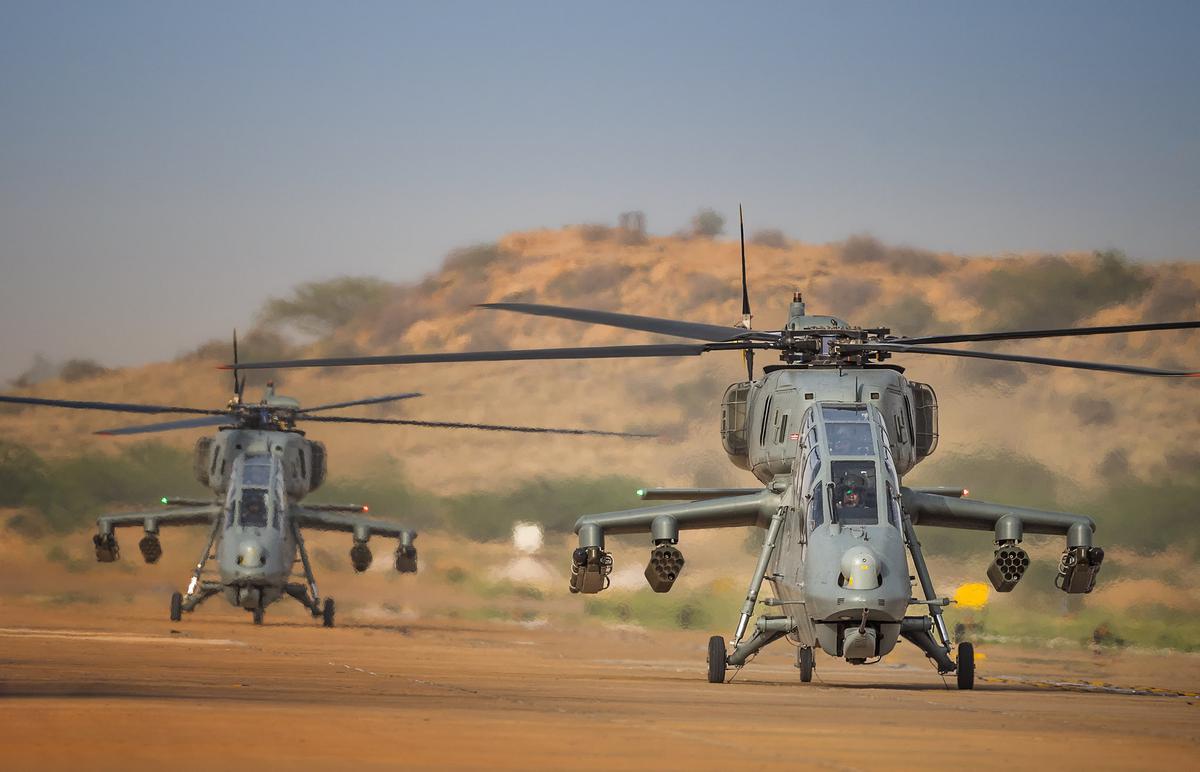
C B Ananthakrishnan, CMD of Hindustan Aeronautics Ltd while speaking to CNBC-TV18 claimed that United Arab Emirates (UAE) has shown interest in HAL made Helicopters and soon a team from United Arab Emirates Armed Forces will be in India to evaluate these helicopters.
Ananthakrishnan didn’t reveal which helicopter Emirates is interested in but according to an Industrial source close to idrw.org, it is likely LCH-Prachand, an Indian-made Attack helicopter that might be on offer.
Continue readingSOURCE: RAUNAK KUNDE / NEWS BEAT / IDRW.ORG

Hindustan Aeronautics Limited’s proposal to carry out the Su-30MKI upgrade program might be soon heading to the conclusion this year as HAL as a nodal agency will be taking up the upgradation of the nearly 150 units that might require nearly $4 Billion in funding from IAF and MoD.
Jayadeva E.P, Director (Operations) at Hindustan Aeronautics Limited (HAL) at the Investor meeting last year said that once HAL and the Indian Air Force (IAF) finalize equipment and systems that will be upgraded on 150 units of Sukhoi-30MKI. HAL will approach Russia for its approval of the Super Sukhoi program since it is the OEM of the product and many components and spares still come from Russia.
Continue readingSOURCE: RAUNAK KUNDE / NEWS BEAT / IDRW.ORG.

The Indian Army that intends to replace its 1980s-vintage BMP-2 infantry fighting vehicle (IFV) will get an offer from Russia on its upgraded BMP-3 infantry fighting vehicle (IFV) with a new remote-controlled weapon station, developed by High Precision Systems holding company as per information provided by the Rosoboronexport to idrw.org.
BMP-3 vehicle is equipped with a 100-mm gun/launcher, a 30-mm automatic cannon and a 7.62-mm machine gun. Owing to its powerful armament, the IFV is capable of providing fire support to infantry, including afloat, effectively engaging manpower, lightly Armoured targets like IFVs and APCs, tanks and other targets with enhanced protection, as well as low-speed air targets, including helicopters.
Continue readingSOURCE: RAUNAK KUNDE / NEWS BEAT / IDRW.ORG.

The Ministry of Defence (MoD) intends to procure 130 Tethered drone systems with EO/IR payload under Fast Track Procedure from Prospective buyers. A tethered drone system uses a permanent physical link, in the form of a flexible wire or cable, to provide power and communications to a UAV (unmanned aerial vehicle). Due to the inability of fixed-wing drones to hover, UAV tethered systems utilize quadcopters or other multirotor drones, as well as aerostats.
According to RFP, Tethered drone systems should have an All-Up Weight of Not more than 15 Kg with an Endurance of Not less than 06 hours in Tethered mode and 45 min in untethered mode.
Continue readingSOURCE: RAUNAK KUNDE / NEWS BEAT / IDRW.ORG.

Kaveri Marine Gas Turbine (KMGT), India’s first marine gas engine that is rated at 12MW is as powerful as a 16MW Gas Turbine that is sold in the International market claimed V Kamat, Secretary Department of Defence R&D and Chairman DRDO.
Kamat said that KMGT has demonstrated 12MW rated power under Indian sea conditions, which is equivalent to about 16MW under International Standard Atmospheric (ISA) conditions.
Continue readingSOURCE: RAUNAK KUNDE / NEWS BEAT / IDRW.ORG.
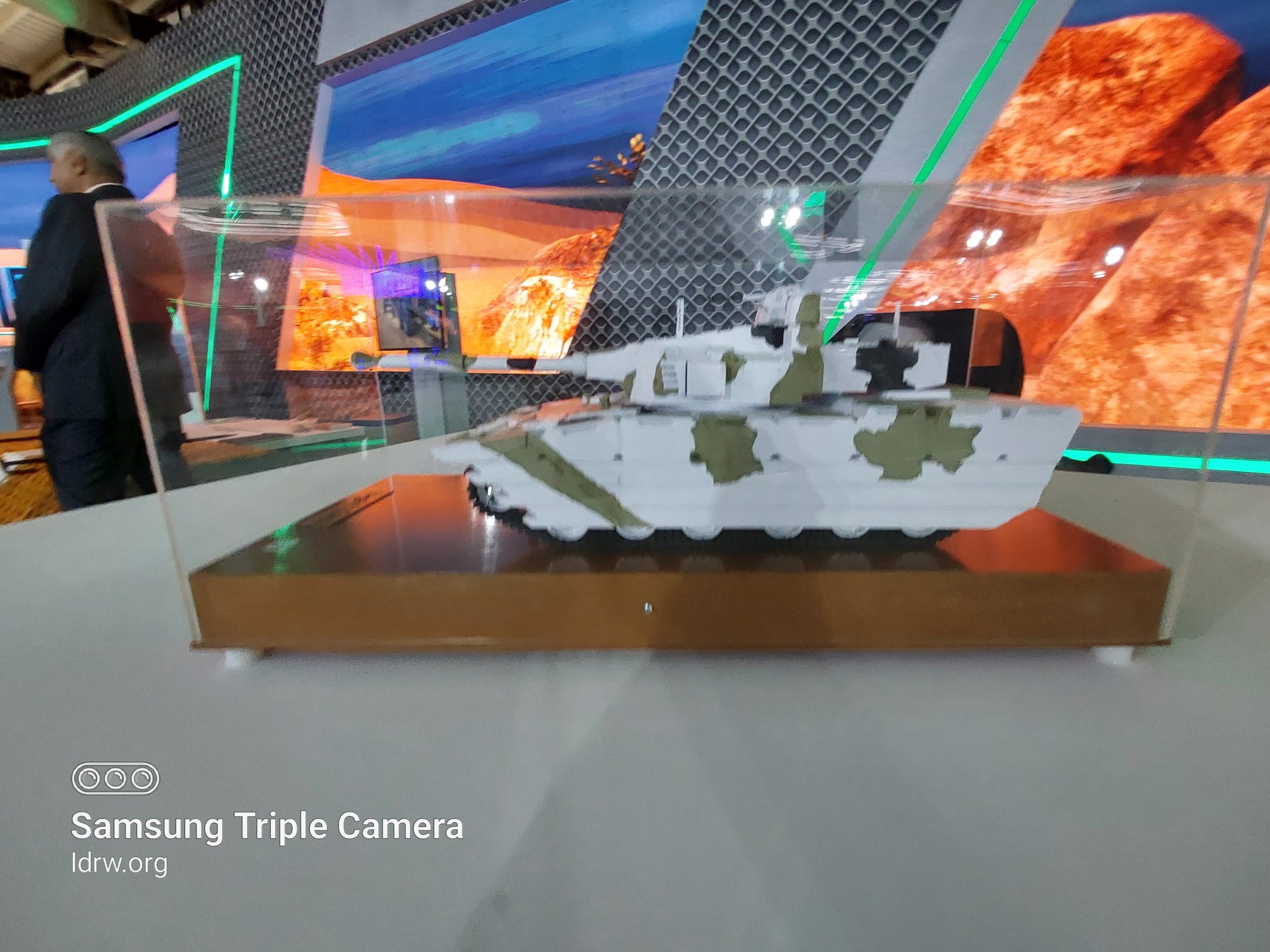
According to a report in ” Times now”, DRDO-L&T developed Zoarawar Light Tank that is under fabrication and will be “rolled out” in April. The Defence Acquisition Council (DAC) of the defence ministry last month accorded the approval for Acceptance of Necessity (AoN) for purchasing 354 of these tanks through Make in India.
At Defence Expo in October 2022, idrw.org was told that the prototype is under fabrication by Indian Private sector player Larsen & Toubro Limited, which is the Lead System Integrator of the program. L&T showcased a scale model of the upcoming 25-ton Light tank for the first time at Defence Expo.
Continue readingSOURCE: RAUNAK KUNDE / NEWS BEAT / IDRW.ORG.
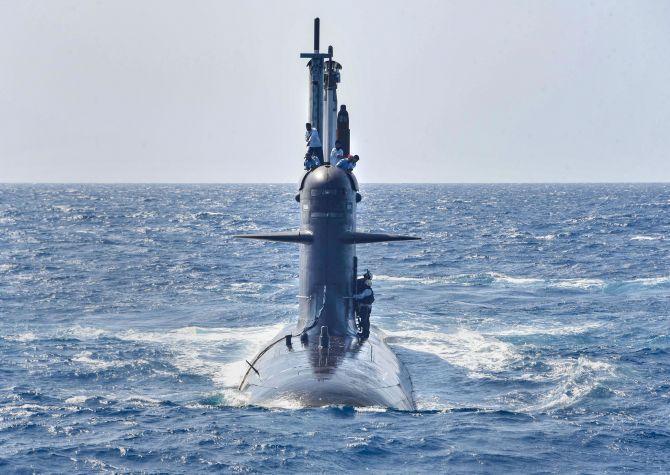
According to India Today, Indian Navy and State-owned Mazagon Dock Shipbuilders Limited are in talks for the procurement of two more Kalvari class submarines in addition to the six submarines that are already been ordered with 5 inducted into the Indian Navy.
Indian Navy is expecting considerable delays in the procurement of next-generation submarines under Project-75 India either due to a lack of bidders or due to some submarines not being able to meet some of the key technical requirements that have been set by the Indian Navy.
Continue readingSOURCE: RAUNAK KUNDE / NEWS BEAT / IDRW.ORG.

French Ambassador to India Emmanuel Lenain while speaking to Indian media confirmed that France is ready to collaborate in developing nuclear submarines, jet engines and fighter planes under India’s Make in India initiative. Envoy confirmed that France is ready to provide conventional technology from its Barracuda class nuclear attack submarine to India if India seeks help under its Project 75 Alpha program where it plans to develop six nuclear attack submarines.
Barracuda class nuclear attack submarine developed by the French Naval Group is powered by a 150 MW nuclear reactor and one has been inducted into French Navy while 5 more are under construction.
Continue readingSOURCE: RAUNAK KUNDE / NEWS BEAT / IDRW.ORG.

Russian Media Tass Claims that Russian forces have started receiving S-500 ‘Prometei’ anti-aircraft missile system that entered production last year and soon an export version for customers like India might be cleared for sale if they desired to procure them to supplement their existing S-400 system claimed the report.
Russian Deputy Prime Minister Yury Borisov in 2021 had said that India could be the first buyer of the S-500 air defence system when he was in India. India which is set to get the 3rd Squadron of the S-400 system later this month or early next month is keen on having India as its launch customer as the weapon system has recorded the longest kill around 486km in tests.
Continue readingSOURCE: DEEPAK HILORI/ FOR MY TAKE / IDRW.ORG

Brazilian Navy is on its way to becoming the seventh Navy in the world that has Nuclear powered submarine by the turn of this decade as it has started developing a 6000-ton nuclear-powered attack submarine, called Álvaro Alberto which is based on the French developed Scorpène-class submarine.
The Brazilian Navy only last year commissioned its first Scorpène-class attack submarine in Itaguaí, Rio de Janeiro. Both Indian and Brazilian Scorpène-class attack submarine has the same baseline design while they might defer internally it has nearly the same displacement of 1900 tons submerged.
Continue readingSOURCE: RAUNAK KUNDE / NEWS BEAT / IDRW.ORG.
)
Egypt President Abdel Fattah El-Sisi’s visit to New Delhi next week is expected to give a boost to Indian-Egypt ties in the defence sector as both countries are keen to expand their collaboration in the interaction between armed forces but also the sale of Indian-made weapon systems.
According to WION, Egypt has shown interest in Indian-made Akash Mk1 and NG Air Defence systems and is also looking at DRDO’s Smart Anti-Airfield Weapon (SAAW) for its Air force.
Continue readingSOURCE: RAUNAK KUNDE / NEWS BEAT / IDRW.ORG.
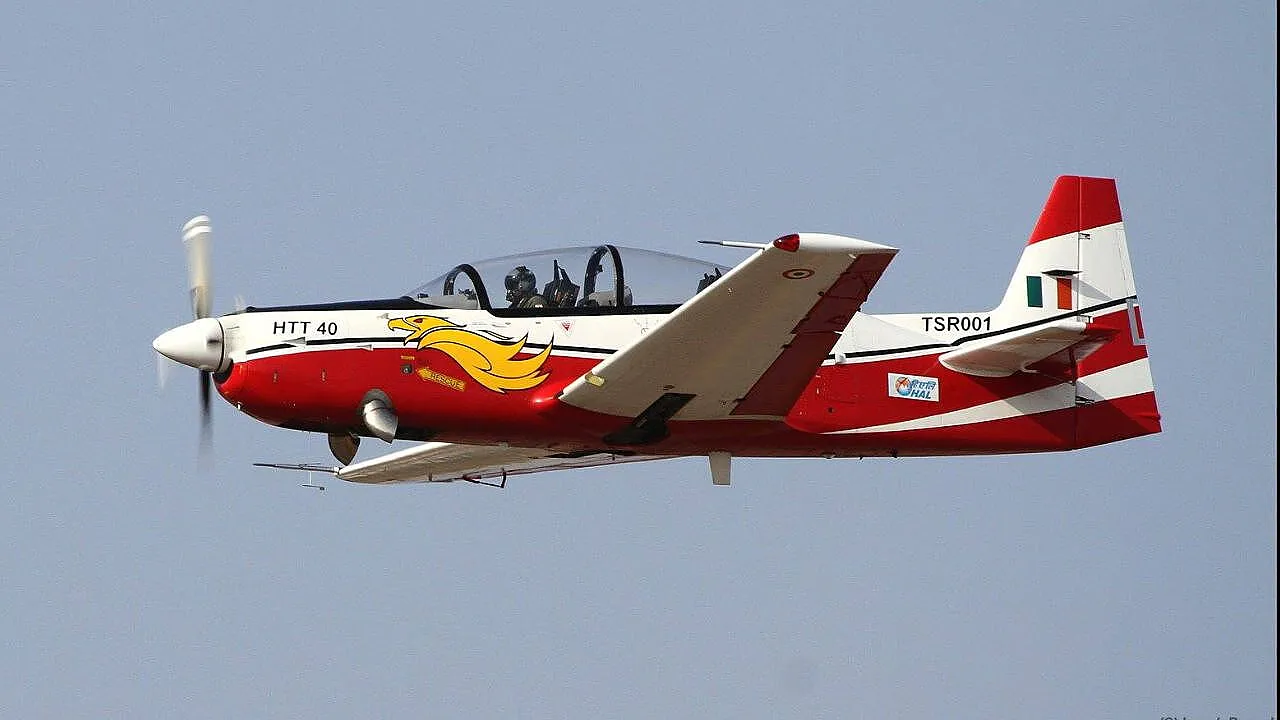
Aircraft Manufacturing Division, Nasik of Hindustan Aeronautics Limited, is currently being prepared to start manufacturing the 70 HTT-40 trainer aircraft that was concluded between Indian Air Force (IAF) and HAL last year at DefExpo.
Defence Acquisition Council (DAC) approved the procurement of 106 HTT-40 for the IAF, of which 70 BTA will be initially procured from HAL and the remaining 36 after the HTT-40 fleet is operationalized in the IAF.
Continue readingSOURCE: RAUNAK KUNDE / NEWS BEAT / IDRW.ORG.

The Ministry of Defence (MoD) is considering equipping Border Patrol Paramilitary forces like Border Security Force (BSF), Indo-Tibetan Border Police (ITBP) and Sashastra Seema Bal (SSB) with Electric adventure Bikes that will help in the effective patrolling of the areas that have difficult terrain and need for All Terrain vehicles are required.
MoD might soon sanction a trial project to see if Electric adventure Bikes can be used for border and perimeter patrol in remote areas and evaluation might be carried out soon in the coming months.
Continue readingSOURCE: RAUNAK KUNDE / NEWS BEAT / IDRW.ORG.
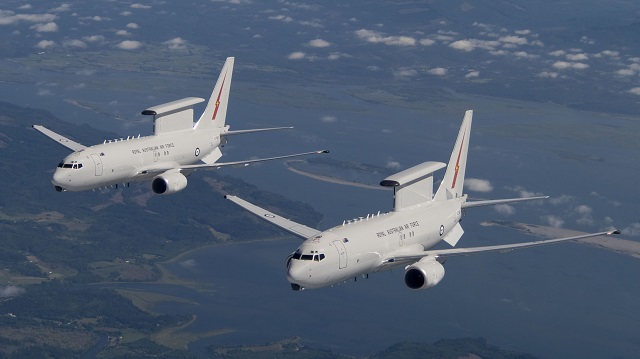
Amid delays in the take-off of Netra MkII AEW&CS, the Indian Air Force (IAF) was considering leasing such aircraft to bridge its capability gap and after sending feelers for such planes from global manufacturers and current operators, IAF was not able to get any offers for the lease of AEW&CS or AWACS.
Based on market research, Not many aircraft are available that are capable of meeting the requirements of the IAF. Some that are retiring are based on the vintage tech of the early ’70s era with little utility life left and companies like Boeing which is the only global player with facilities to manufacture platforms like E-767 and 737 AEW&C E-7 Wedgetail are not into leasing.
Continue readingSOURCE: RAUNAK KUNDE / NEWS BEAT / IDRW.ORG.

Indian Army will get the first AH-64E Apache attack helicopter Next year in February 2024 and all six will be delivered within April 2024. Army Aviation Corps (AAC) has selected Sand Cameo for the six Apache attack helicopters that it has ordered to differentiate between Indian Air Force Apache Helicopters that have default ‘Tipnis’ grey.
Four AAC Pilots have already started training in the Boeing facility to fly AH-64E Apache helicopters and before Apache is delivered to ACC will have Qualified for this type of helicopter.
Continue reading